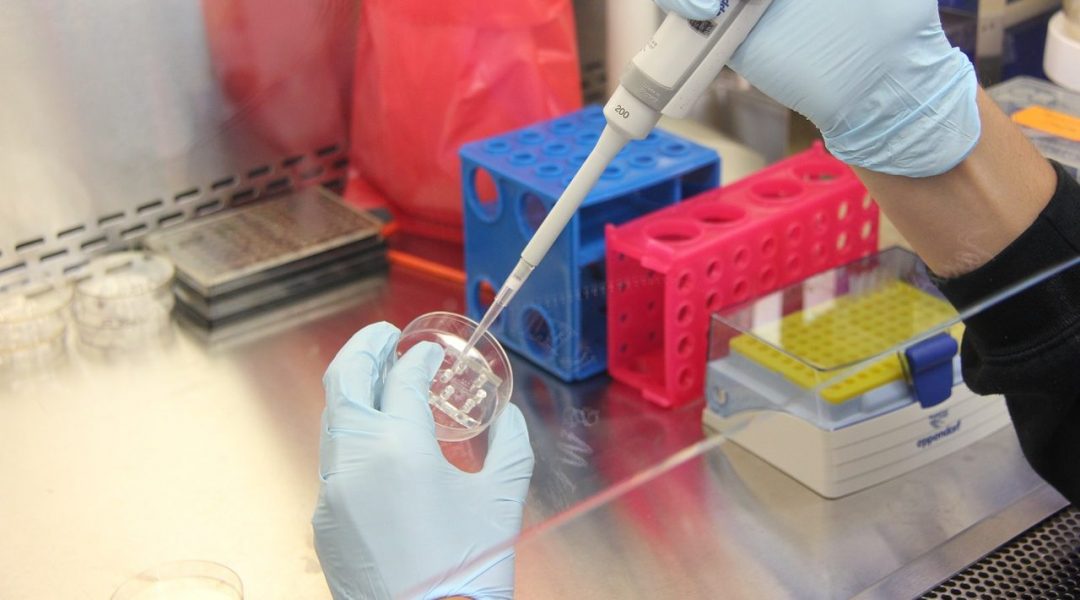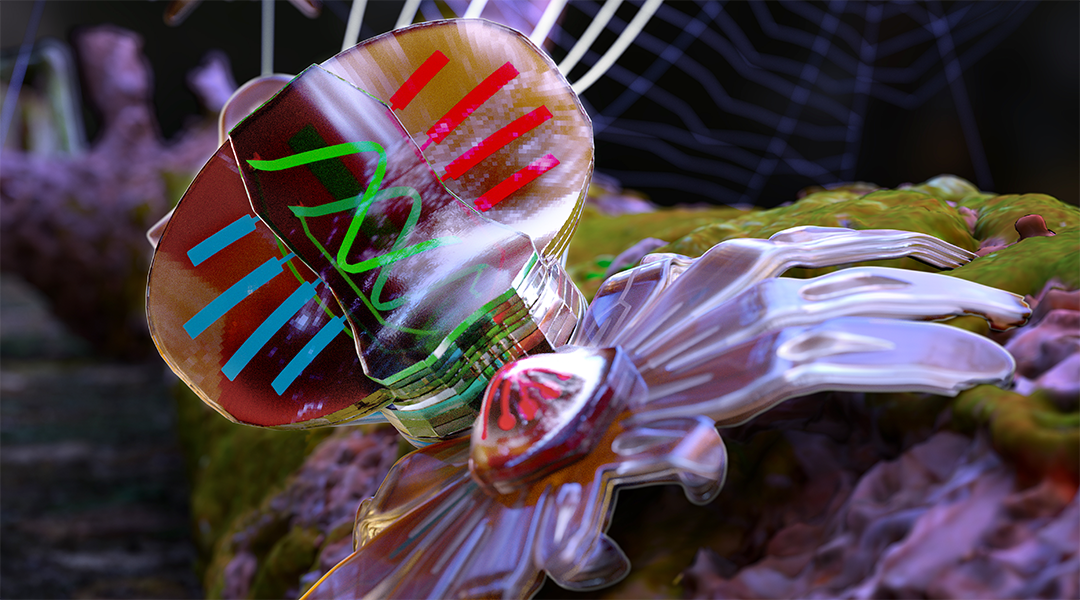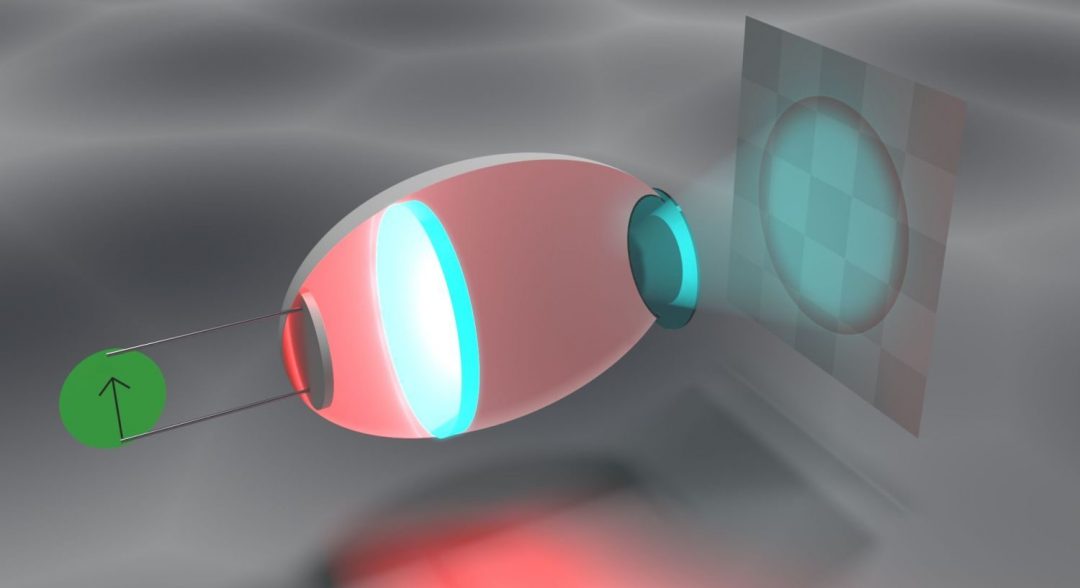A techno-economic analysis for six different carbon dioxide emission reduction scenarios in steel manufacturing, using a steel mill located in Duisburg, Germany as an example, are reported.


A techno-economic analysis for six different carbon dioxide emission reduction scenarios in steel manufacturing, using a steel mill located in Duisburg, Germany as an example, are reported.

Plasmonic–magnetic heterostructures are designed to prevent Ag+ release from cathodic Ag by sacrificial anodic Fe.

Stanislav Piletsky and his colleagues have used molecularly imprinted polymer nanoparticles to replace both antibodies and enzymes in biological assays.

A straightforward and effective technique which can yield homogenous perovskite films without the use of of anti-solvents and regardless of the complexity of the precursor compositions.

Humboldt-Universität zu Berlin and Helmholtz-Zentrum Berlin form a joint lab and research group »Generative production processes for hybrid components.

Highlighting the excellent research being published in the multidisciplinary field of biomedical materials and life sciences.

The Editors of Small Methods are pleased to publish this special biomedical virtual issue. This collection highlights outstanding research in Small Methods from the very first issue to now, in the areas of biosensing, biomedical engineering, nanomaterials,...

Based on the Australian peacock spider, a small, silicon-based soft robot is developed.

New predictions for efficiently making blue lighting from red lighting.

By matching the absorption of chloroplasts, dual-wavelength-emitting carbon dots can enhance the efficiency of the biological photosynthetic system both in vivo and in vitro.